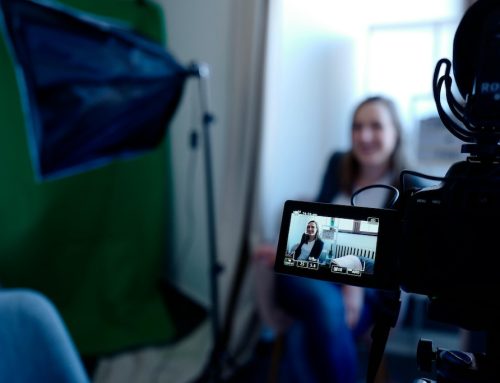If you own or operate a business with an online presence, then you probably already understand the challenge: landing page visits don’t move the bottom line—you need conversions. Whether that means direct sales, growing your email list, or simply moving a user along to the next step in the buying process, conversion rates are usually in the single digits. According to Shopify, the global e-commerce behemoth, the average conversion rate on their platform is only 1.4%.
So, what’s the missing piece? A powerful CTA (stands for call to action)—the unsung hero of so much web content. A great call to action (or CTA) isn’t just a string of words; it’s the key to encouraging visitors to take the next step. Whether you’re prompting someone to “Start Your Free Trial” or asking them to “Save Money Today,” an effective CTA turns passive visitors into active participants. In this blog post, we’ll break down how to create CTAs that compel, convert, and deliver measurable results.
The Power of an Effective Call to Action
Imagine landing on a web page without a clear direction. Confusing, right? That’s what your website feels like without a strong CTA button guiding users toward a desired action. A well-designed call to action button helps encourage users to move forward in the buying process, whether it’s downloading a resource, signing up for a trial, or making a purchase.
1. It Meets the Target Audience Where They Are
Great calls to action aren’t random—they’re designed with your target audience in mind. A simple CTA like “Start Free Trial” might work for SaaS users, while a more personalized CTA such as “Unlock Your Free Guide Now” resonates with blog readers seeking valuable insights. CTAs aim to meet visitors at the right moment in their journey.
2. It’s Action-Oriented and Specific
Effective CTAs use action words that drive momentum. Think verbs like “Discover,” “Explore,” or “Claim.” These create a sense of movement and purpose. On the other hand, vague CTAs like “Click Here” lack direction and fail to encourage users.
Example:
- Instead of: “Learn More.”
- Try: “Save Money with Our Free Budgeting Tool.”
Crafting CTAs That Convert: The Building Blocks
1. Clarity Is Key
A compelling call to action removes all guesswork. Your visitors should immediately understand what happens when they click your CTA button.
Example: A simple CTA like “Download Your Free Checklist” is much more effective than something ambiguous like “See Details.”
2. Highlight the Value
The best calls to action focus on what the user gains. Whether it’s a promise to save money, improve efficiency, or unlock exclusive content, your CTA language should center on benefits.
Example:
- “Start Free Trial and See Results in Days.”
- “Reserve Your Spot in the Free Webinar Now!”
3. Keep It Action-Oriented
CTAs thrive on strong, actionable language. Incorporating compelling action words ensures your audience feels inspired to act. Think verbs that spark excitement or urgency.
4. Use Personalization to Connect
A personalized CTA speaks directly to your target audience’s needs. Instead of generic commands, opt for something more tailored to their interests or pain points.
Example:
- Generic: “Download the Guide.”
- Personalized: “Download Your Free Marketing Checklist to Boost ROI.”
Design Matters
Even with excellent CTA copy, it needs the right design and placement to get clicks.
1. Prioritize Visibility
A call to action button should stand out on the web page. Use contrasting colors, bold text, and enough whitespace to draw attention to your CTA examples without overwhelming the design.
2. Optimize for Mobile
Most users visit your landing page on a mobile device. Ensure your CTAs are highly visible and clickable on smaller screens, especially in the middle of a buying process.
CTA Placement
Placement is as important as CTA language. Placing just one CTA above the fold ensures visitors see it immediately, while strategically adding another mid-content (e.g., within a blog post) can keep them engaged. Pop-ups or exit-intent modals are also great for encouraging users who are hesitant to leave without taking the desired action.
Your Turn to Act
CTAs guide, nudge, and encourage users along in their journey. And you can help them with clear language, action words, and a user-centric design.
CTAs aren’t magic on their own. Sure, a great call to action can help convert visitors, but if there’s no one on your site to click those CTAs you worked so hard on, what’s the point? You need traffic first—and not just any traffic, but the kind of visitors who are genuinely interested in what you’re offering.
Curious about how SEO can help you get the traffic you need to make your CTAs shine? Check out this guide on whether SEO is worth investing in 2025 for a fresh look at how search optimization could transform your marketing strategy.





